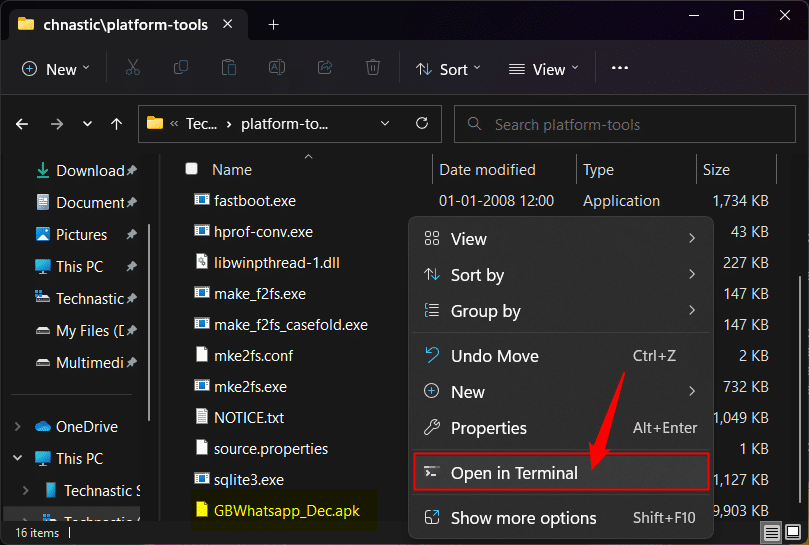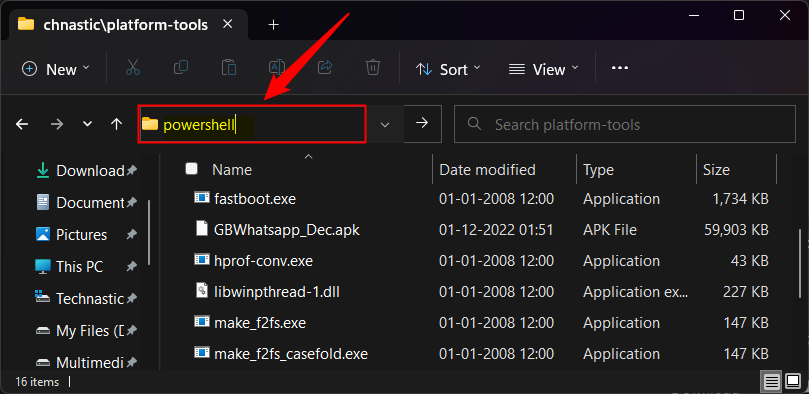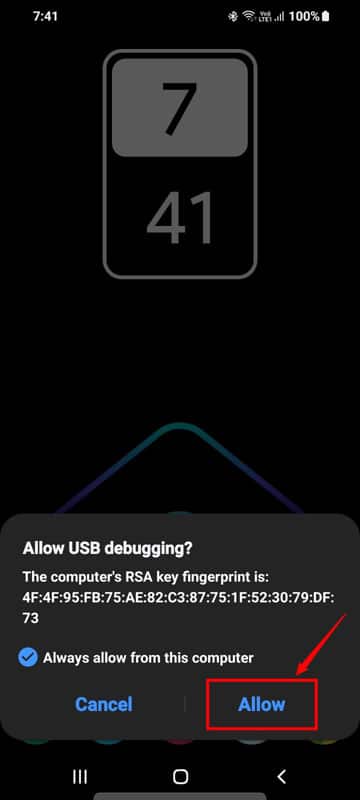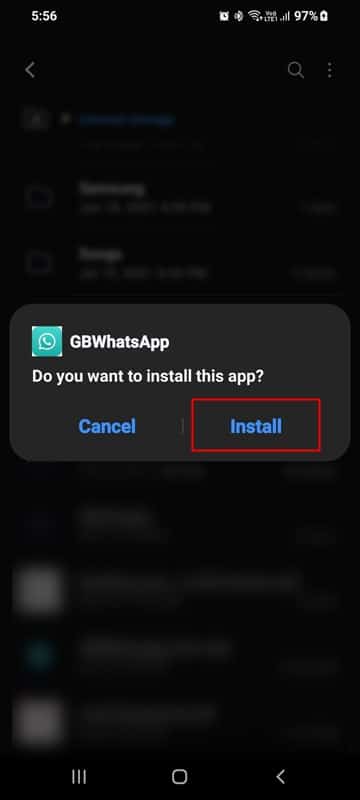Google Play Store has millions of apps and games that can be installed directly on an Android device. However, not all apps find a place in the Play Store due to policy compliance. Also, some apps are unavailable to all users because of geographical restrictions. Sometimes, app developers provide the APK file of their apps for trial before uploading them to the Play Store. In all such situations, you’ll need to install Android apps on your device manually. This tutorial will explain the steps to install APKs using ADB commands and sideload apps on Android devices.
Steps to Sideload APK via ADB
ADB works like a bridge between Android devices and PCs. There is a wide array of ADB commands that you can use to control your device and make changes to it right from your computer. Being cross-platform tools, you can set up ADB on Windows, macOS, and Linux. Once you have set up ADB and Fastboot on your PC, go to your phone settings and enable USB Debugging from the Developer options.
Let’s jump to the steps to install APK on Android devices via the ADB command.
- Download Android SDK Platform Tools on your computer and unzip the downloaded file.
- Copy or move the APK file you want to install to the platform tools folder. In my case, I plan to install GBWhatsapp_Dec.apk on my phone.
- Now, right-click an empty area in the platform-tools folder window and select the “Open command window here“, “Open PowerShell window“, or “Open in Terminal” option, depending on the Windows OS version.

- Alternatively, you can type “cmd” or “powershell” in the folder address bar to open a command window with the folder path.

- Go to Settings > Display > Screen timeout and set it to 5 or 10 minutes. Remember, your phone must not be locked while you execute the ADB commands.
- When the Command Prompt or PowerShell is launched, type
adb devicesin the command window and press Enter to check if your phone is connected.
- If you get a pop-up on your phone asking to Allow USB debugging, select Allow.

- When ADB detects your device, it will show a string of alphanumeric values in the command window. In case your Android device is not connected, you must troubleshoot the ADB and Fastboot errors first.
- If everything is fine, execute the ADB command to install APK Don’t forget to replace the name of the APK with the name you want to install.
adb install GBWhatsapp_Dec.apk - The APK will be installed on your Android device. That’s it!
ADB Install Command Options
We just saw how to install a single app package, or APK, using adb install. Apart from the command mentioned above, there are several variables that you must be aware of.
Install Multiple APK Files using ADB
If you want to install multiple APK files at the same time using ADB, you can use the adb install-multiple command followed by the names of the APK file, as shown below.
adb install-multiple yourapp1.apk yourapp2.apk yourapp3.apk
Reinstall an Existing App
If you have already installed an app on your device and want to replace the existing version with another version or reinstall the app, use the following command. The command only reinstalls apps without wiping the app data.
adb install -r yourapp.apk
Install App to SD Card
You can use this command if you want to install an app on the SD card of your Android phone. The app must support the move-to-SD-card feature for this to work.
adb install -s yourapp.apk
Install an App and Grant all Permissions
The following command installs an APK and makes your device grant app permissions at once.
adb install -g yourapp.apk
ADB Uninstall App Command
You can easily uninstall apps from your Android phone using adb shell pm uninstall. See the examples given below.
Uninstall an app and clear the app data
pm uninstall --user 0 <app package name>
Uninstall an app but keep the app data
pm uninstall -k --user 0 <app package name>
Please note that you must use the package name of an app (not the APK name) to uninstall it. For instance, if you want to uninstall the Google Photos app, type “com.google.android.apps.photos” as the package name.
Install APK from SD Card via ADB
If you have saved the APK file on the internal storage or SD card, install it using the ADB command below. You need to add the full path of the APK file right after the adb install command.
adb install full_path_to_apk
Installing APK on Android
Installing APK files via ADB is not the only way to install an app on Android devices. Because of its open-source nature, the Android OS supports sideloading of apps manually. So, if you got the APK for an app unavailable in the Play Store, you can sideload it easily by following the quick steps described below.
- Download the APK file and transfer it to your phone’s storage. In case you downloaded the APK file directly onto your Android device, navigate to the Downloads folder using a file manager.
- Tap the APK file you want to install.
- You’ll see a warning pop-up asking you to give installation permission for apps from Unknown sources.
- Grant the permission and tap the back button to get back to the app installer.
- Now, select the Install option.

- The app will be installed on your phone.
If you want to sideload multiple APKs or an app bundle containing files with AAB, APK, APKM, and XAPK extensions, you can use a great app named AppDash: App Manager & Backup.
We have covered all manual methods to install APK on Android devices. Now, you know how to install an APK via ADB command or sideload an app. Try the adb install command and its variations, and let me know if they worked for you.
Read Next: 70+ Google Search Tips, Tricks, & Hacks You Must Know
